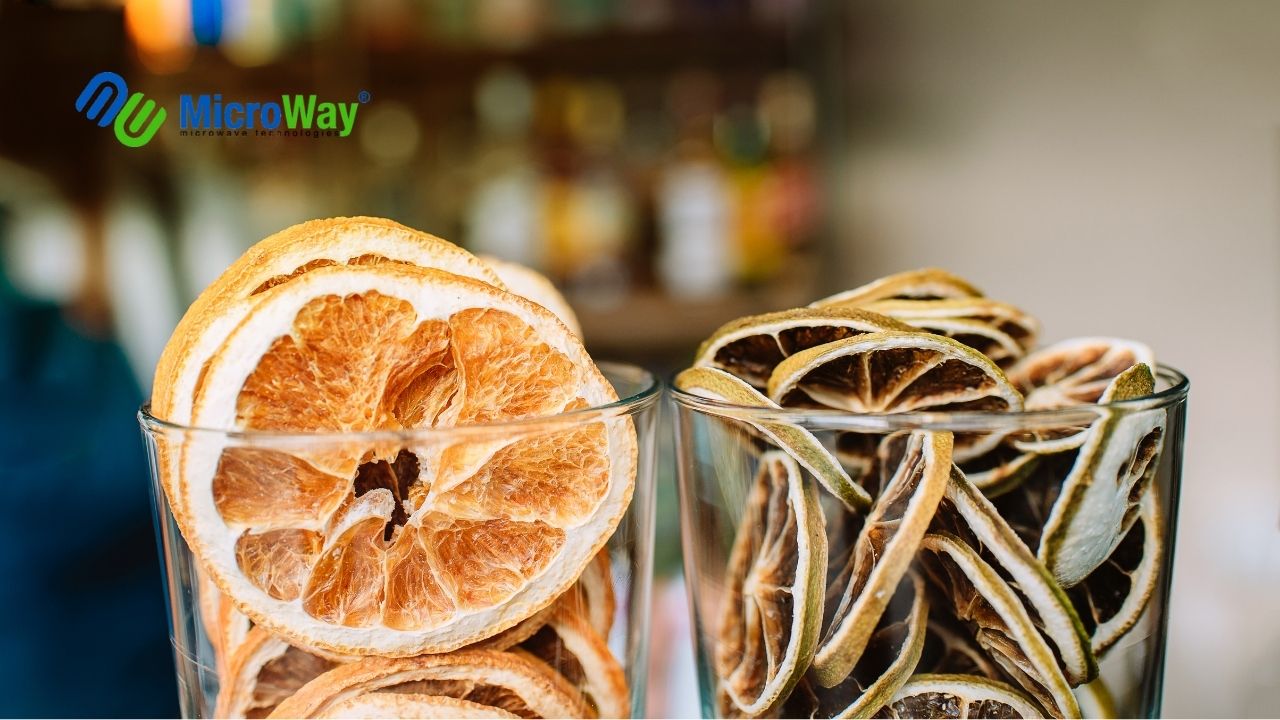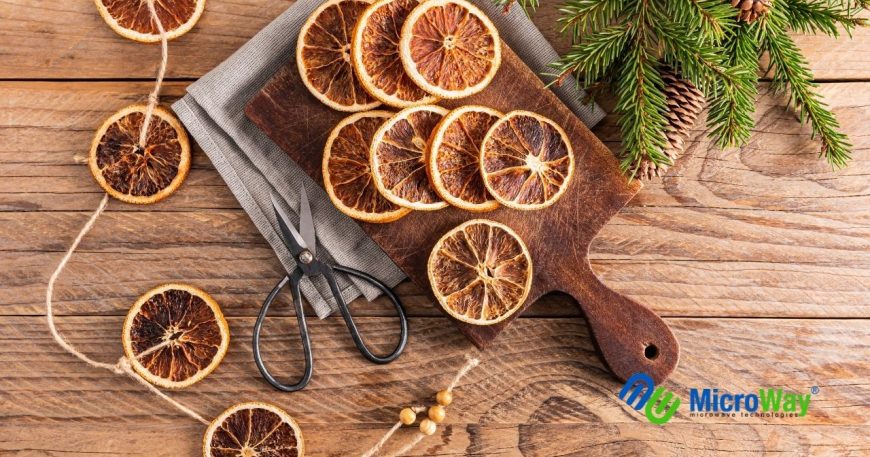Industrial Microwave Tempering System in Food Manufacturing
In the competitive world of food manufacturing, time, hygiene, and product quality are non-negotiable. Traditional thawing methods—such as air or water-based systems—often take hours, occupy large spaces, and compromise product quality. A smarter alternative has emerged: the industrial microwave tempering system.
Designed specifically for the needs of food processors, this technology significantly reduces tempering time while preserving the taste, texture, and structure of frozen products. It enables seamless integration into fast-paced production lines without sacrificing quality or food safety. In emerging food markets, such as Morocco, this technology is becoming increasingly popular due to its ability to meet international food safety standards while enhancing productivity.

What Is Microwave Tempering in Food Processing?
Tempering is the process of partially thawing frozen food products—such as meat, fish, dairy, or baked goods—to prepare them for cutting, portioning, or mixing. The goal is to raise the temperature just enough (typically from -18°C to around -2°C) without fully defrosting the item.
An industrial microwave tempering system achieves this by using electromagnetic waves to penetrate the product and heat it uniformly from within. Unlike conventional systems, it avoids overcooking the outer layers and preserves internal consistency. This is especially beneficial for the fast-growing food production sector in Morocco, where efficiency and speed are key to meeting both local and export market demands.
Key Benefits for the Food Industry
Microwave tempering offers multiple advantages for food processors:
-
Time Efficiency: Reduces tempering from several hours to just a few minutes
-
Better Product Quality: Maintains texture, moisture, and nutritional content
-
Higher Yields: Less drip loss means more usable product
-
Improved Hygiene: Minimal handling reduces contamination risk
-
Smaller Footprint: No need for large thawing rooms
-
Automation-Ready: Easily integrated into existing processing lines
This makes the system ideal for operations where speed and consistency are critical—such as meat and poultry plants, seafood facilities, dairy processors, and ready-meal producers. In regions like Morocco, where the food sector is booming and export is a major focus, the need for such systems has grown tremendously.
Typical Applications in Food Processing
The industrial microwave tempering system is suitable for a wide variety of frozen food items, including:
-
Red meat and poultry: For slicing or grinding without complete thawing
-
Seafood: Fillets, squid, and shellfish kept fresh for further processing
-
Butter and cheese blocks: Softened for cutting, blending, or extrusion
-
Frozen fruits and doughs: Prepared for baking or packaging
-
Pre-cooked frozen meals: Tempered before portioning or reheating
In each case, the system ensures that the product reaches the right temperature evenly, without cooking or degrading sensitive components.

Hygienic and Scalable Design
Food safety is critical. That’s why these systems are built with hygienic design in mind. They often include:
-
Stainless steel chambers
-
Smooth, easy-to-clean surfaces
-
Conveyor-based or batch operation
-
Sealed, shielded microwave enclosures
-
Touchscreen controls and recipe presets
The design is scalable, from small production units to high-volume plants. Whether you need to temper 50 kg or several tons per hour, the system can be configured accordingly.
Case Example: Improving Seafood Processing in Morocco
Seafood processors in Morocco, who are major exporters to Europe and other international markets, can benefit greatly from microwave tempering technology. The system allows for quick, efficient tempering of frozen fish fillets, ensuring high-quality products that meet stringent international standards. By using microwave tempering, these producers not only reduce processing time but also minimize moisture loss, which helps to maintain the product’s texture and flavor.
This is especially important for Moroccan seafood exports, where maintaining freshness and quality is essential for meeting both local and global market demands.
Sustainability in Focus
Microwave tempering systems also align with food industry sustainability goals. They consume less energy than traditional methods over time and eliminate the need for large water tanks or refrigeration rooms used for defrosting.
By lowering resource use and improving product yield, the systems contribute to greener, more efficient food production, something that is highly valued in growing economies like Morocco, where resource management is critical.
For modern food manufacturers, the industrial microwave tempering system represents a leap forward in processing technology. It saves time, protects product quality, reduces energy consumption, and supports hygienic, automated workflows. In places like Morocco, where the food industry is expanding and modernizing, microwave tempering provides the competitive edge necessary to stay ahead in the global marketplace.
From meat and seafood to dairy and bakery applications, microwave tempering provides the speed and precision today’s food processors demand. It’s a strategic investment for any facility focused on efficiency, safety, and superior product performance.


